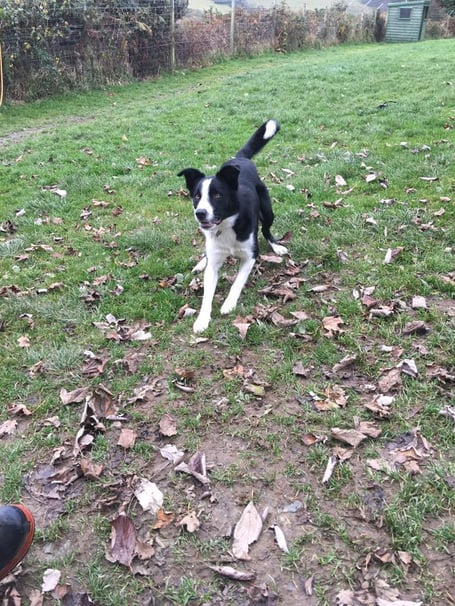It’s the time of year when we issue our annual Bonfire Night hedgehog alert!
If you’re planning your own bonfire then please remember that hedgehogs like to sleep in them. The British Hedgehog Preservation Society’s advice is as follows: if the material to be ignited is stored on open ground in advance of having a bonfire, it’s crucial to dismantle it and move it to another spot just before lighting.
If you do find a hedgehog (perhaps one that’s become frightened and curled up in a ball) place it in a high-sided cardboard box with plenty of newspaper and ensure there are air holes in the lid. Wear garden gloves so as not to get human smells on the hedgehog and to keep him or her calm as hedgehogs are easily stressed, and to protect your hands from the spikes. Put the box in a safe, quiet place such as a shed or garage, well away from the festivities and offer meaty cat or dog food and water in a shallow bowl (but definitely not milk because they can’t digest it). Once the bonfire is totally dampened down, release the hedgehog under a hedge or a bush.
Hedgehogs are not the only creatures to become stressed by bonfire night celebrations - the RSPCA estimates that 45 % of dogs in the UK show signs of fear when they hear fireworks.
Most dogs have acute hearing which exacerbates the problem. You can help your dog, and any other pets you have in your house, by drawing all the curtains, playing soothing music, and providing extra bedding or cushions so that your pet can hide under them if necessary. Make sure your pet is confined indoors well in advance of the festivities and ensure all doors, windows and cat flaps are closed/locked.
And don’t forget the pets you may have outside, such as rabbits and guinea pigs. As well as providing extra bedding, partially cover their hutch or pen with a blanket but make sure your pet can still look out.
If you have a firework-phobic pet, a longer-term solution may be to try to de-sensitise them to acute noises. You will need a suitable recording, or you can purchase specially designed CDs, and by playing the sound on a low volume to begin with you can gradually introduce your pet to the noise. You can then start to increase the volume.
This will take time, and that’s what we have needed with Buddy, the young Border collie who has been with us since March. He was incredibly nervous when he arrived, having been badly teased by children and incorrectly treated. He wouldn’t allow his handlers to walk him anywhere near a car, let alone get into one, and it’s taken months of gentle de-sensitisation work to get him to the point where he will now happily jump into any vehicle.
Buddy would really benefit from being rehomed with another dog - a dog he can bond with and who will help develop his self-confidence further. He will need an understanding and patient new owner who will be sympathetic about his insecurities and responsive to his needs.
Buddy is a popular dog with the kennels team, and is described by one member of staff as ’a dog who has been let down by humans. He has so much love to give and once you’ve earned his trust - and you really have to earn it - he gives it unconditionally. He is a special, special dog.’
Please come and meet Buddy if you think you have the time to devote to him. If you have a dog already the kennels team will help to co-ordinate his/her first few meetings with Buddy, and they will give you all the advice and support you need.

.jpeg?width=209&height=140&crop=209:145,smart&quality=75)


-(1).jpeg?width=209&height=140&crop=209:145,smart&quality=75)
Comments
This article has no comments yet. Be the first to leave a comment.